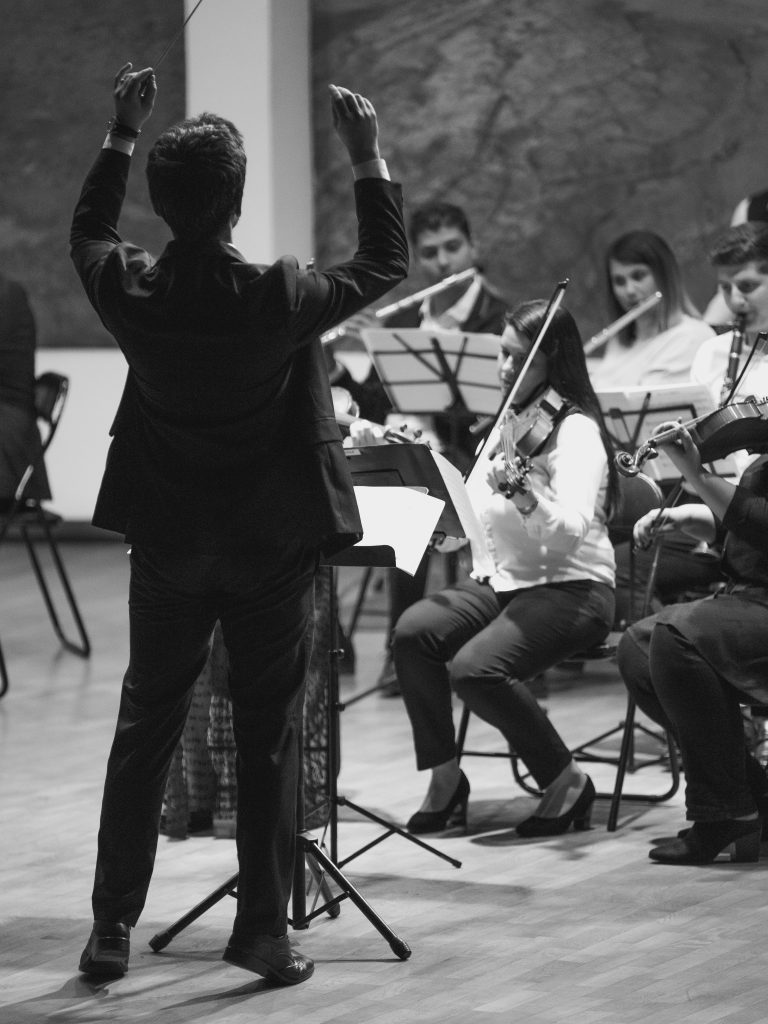3 initial thoughts, ideas or feeling about facilitation in digital learning environments:
- Boettcher (n.d.) emphasizes in their article the significance of establishing clear expectations for learners regarding how to reach their facilitator and when the facilitator is available for office hours. As a new full-time professor, I will be conducting regular office hours for students and I want to ensure that I set specific times. This will help students receive prompt responses from me, whether they have questions or would like to schedule virtual meetings.
- Although I will be conducting all of my classes in person during the upcoming semester, I will continue to upload all course content on Blackboard, which is the learning management system used by Humber College. Additionally, I will actively encourage learners to participate in various discussions and to pose questions in the designated forum. I believe that learners have not had ample opportunities to reflect on their learning and their contributions within the course. According to Boettcher (n.d.), creating such discussion spaces can ‘encourage critical or creative thinking’ among learners.
- Dunlap & Lowenthal (2018) stated that, instead of sending announcements through text on the LMS, it’s advisable to use walk-through videos, as they help build a stronger relationship between learners and the facilitator. This is something I plan to implement across all my courses to ensure clarity on all tasks and assignments.
2 questions about digital facilitation:
- What strategies are the most effective for engaging learners and fostering meaningful interaction in digital learning environments?
- How can a facilitator measure learner engagement in the digital learning environment?
Being a digital facilitator is much like being a music conductor…
Much like a digital facilitator, a music conductor is responsible for providing direction, communication, pace, and leadership for its band.

References
Boettcher, J. V. (n.d.). Ten best practices for teaching online. Design for Learning. http://designingforlearning.info/writing/ten-best-practices-for-teaching-online/
Dunlap, J. C., & Lowenthal, P. R. (2018). Online educators’ recommendations for teaching online: Crowdsourcing in action. Open Praxis, 10(1), 79. https://doi.org/10.5944/openpraxis.10.1.721
August 31, 2023 at 5:23 am
Great post, Giulia! I appreciate your question, “How can a facilitator measure learner engagement in the digital learning environment?”. I think this would be especially hard in a synchronous session, particularly if people have their cameras off. Beyond check-ins and perhaps a formal survey after the end of the session, I have no other ideas. Did you have any initial thoughts when you formulated that question?
September 4, 2023 at 12:58 pm
Hi Leah, Thank you for reading my blog post! I was thinking that using breakout rooms and having interactive activities like polls within a synchronous session could encourage participation and possibly help to gauge the engagement of learners in real-time.